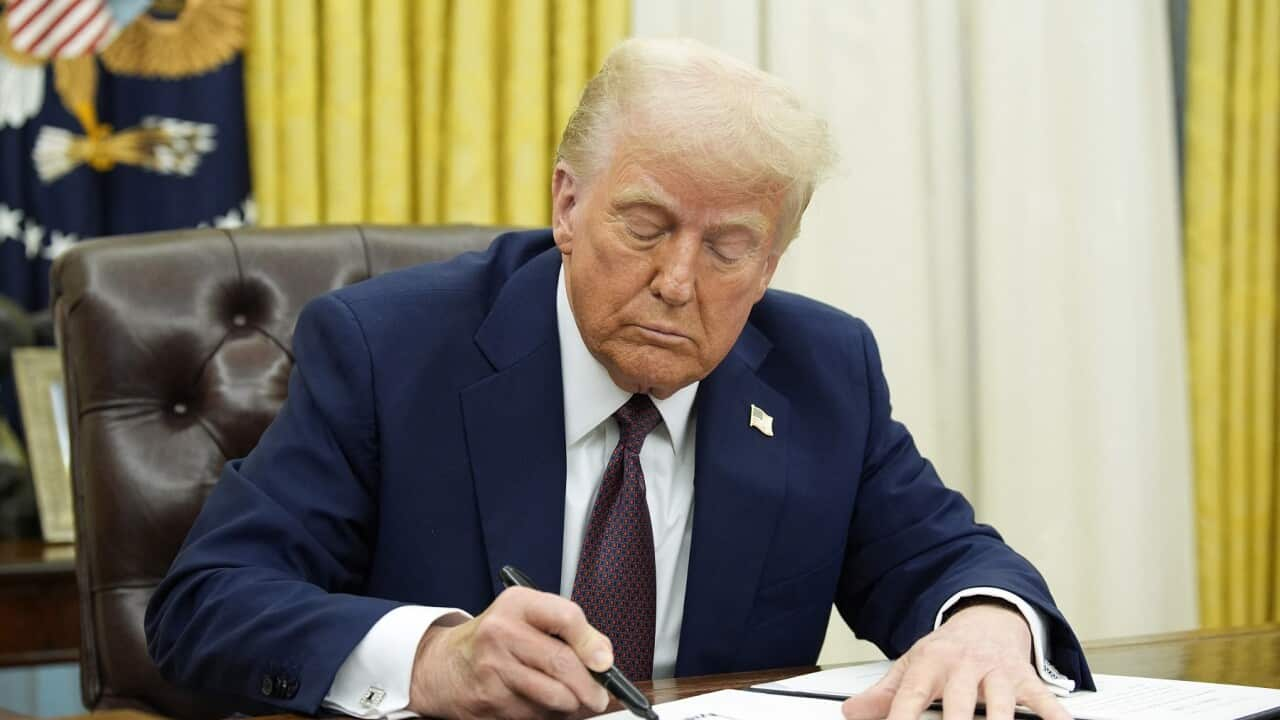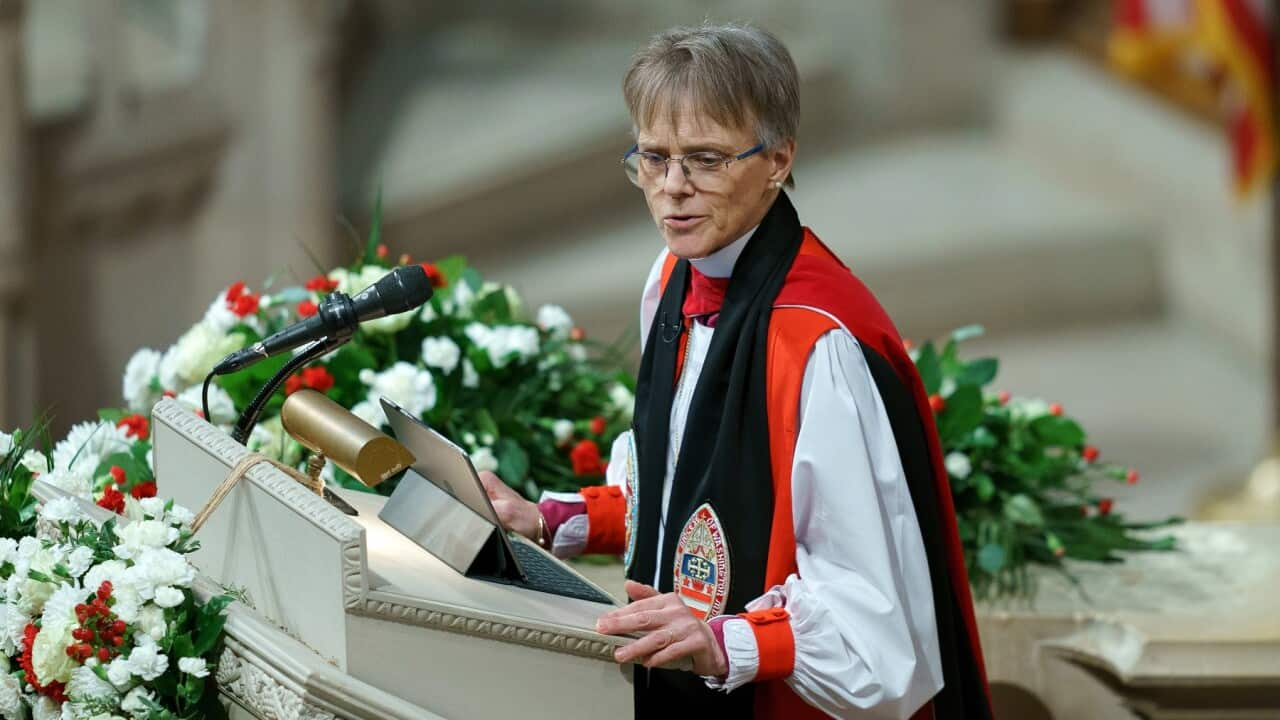TRANSCRIPT
"Hong Kong... It's harboured at the crossroads of the Orient, with ships at anchor from any country that has trade beyond its own borders, sending and receiving goods and peoples from the six continents of the world."
Travelogue movies in the 1960s - like this one, produced by the Hong Kong Tourist Board - waxed lyrical about the cosmoplitan nature of Hong Kong, then still a British colony.
And it was Hong Kong's brightly lit night time that captured the film makers imagination.
"And here's a completely different world. Night life in Hong Kong: neon lights, shops, restaurants, night clubs."
But sixty years later, times are changing.
Back then, Hong Kong’s streets embraced a symphony of colourful neon signs.
They represented prosperity and the raw commercialism of ambitious communities of hard-working people on their way up.
Neon signs big and small hung outside buildings, advertising restaurants, night clubs, karaoke bars, bakeries, as well as traditional businesses like bridal wear, herbal tea shops and pawn shops.
But new government safety regulations mean that a lot of this neon is now gone from the streets.
Cardin Chan, General Manager of Tetra Neon Exchange, a one-person NGO founded in 2020 with private funding, has been collecting some of the city’s abandoned neon signs given up by businesses over the years.
“Eventually we hope that we will be able to have, like an area or street space we will be able to, one way or the other, to put back some of these signs so people would know, not to just to have this kind of like nostalgia but also, really having a second chance for them to, to see the neon streetscapes that we used to have.”
Tetra Neon Exchange is keeping more than 70 signs at its open-air storage space in a rural spot close to the border with mainland China.
Some of them are gigantic examples measuring metres in dimensions.
According to the NGO's survey, there are fewer than 500 outdoor protruding neon signs left across the city.
Cardin Chan says the number of signs she failed to save would probably exceed the number her organization managed to preserve.
“Neon is not only signboards. It could be art and craft. And then at the same time, it gives Hong Kong identity and visual identity as well.”
The main reason the neon environment is receding is safety.
New safety rules were introduced in the 2010s to prevent old decaying signs posing a danger to pedestrians.
Since then, owners of signboards and neon signs have been obliged to remove old installations, follow the new rules, and renew safety registrations regularly.
As a result, the night time neon glow is fading.
Wan Chai is an area of Hong Kong which still has some remaining neon signs.
Preservation group “Streetsignhk” was co-founded by two local architects Kevin Mak and Ken Fung in 2017.
Originally, they hoped to use their professional knowledge to help businesses preserve and rebuild their traditional signs so they match the authorities’ safety standards.
Mr Fung says neon signs used to contribute to Hong Kong’s very diverse, vibrant and unique cityscape.
“In order to attract customers, they have to build a sign that is going perpendicular to the building facade to really attract the people's eyeballs when they walk along the street. So which result in a streetscape where we have like signboards coming from the building facade. And when one shop builds one here, the other want to build a bigger one, and then the other one want to build a larger one that attracts more like attention. So with this like layering and competition, we have something very like very diverse.”
Over the years, their preservation experience has extended to documenting the stories behind some of historic signs.
They collaborate exhibitions with artists, organize workshops and street tours to educate people about the city's neon signs.
Hong Kong's neon environment is now much less than before but there are still a few outstanding examples of the street art that used to symbolize the heart of Hong Kong’s commercial success.













